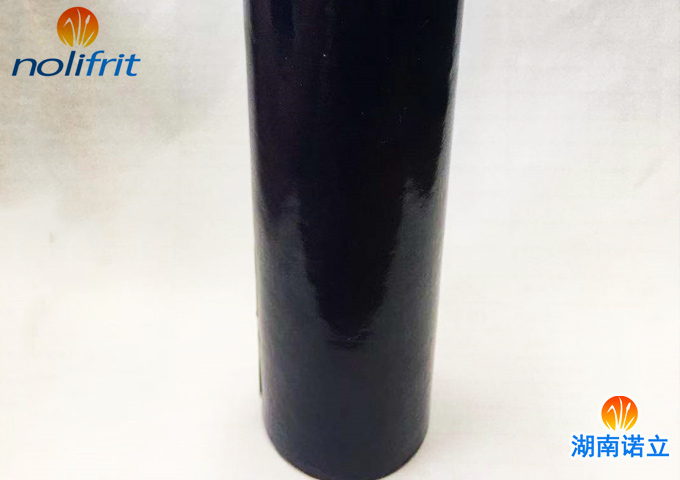Enamel Coating For Tubular Heat Exchanger
Tubular heat exchange element coating process is mainly divided into two steps, the first step is pre-treatment: double-sided enamel pipe fittings should be pickled to remove oxide scale and rust spots, only the outer wall enamel can be pickled or sandblasted.

The second step is enamelling: the outer wall of small-diameter pipes is usually enamelled by flow. First, the pre-processed pipe fittings are horizontally clamped on a device, and the pipe fittings are rotated at a low uniform speed. There is a horizontal and uniform moving flow enamelling apparatus above the pipe fittings, and the enamel slurry made by grinding the enamel frit is poured on the rotating pipe fittings. After that, the pipe fittings are lifted vertically to control the excess enamel slurry.
The inner and outer walls of small-caliber pipe fittings are usually coated by dipping, that is, the pipe fittings are vertically fixed, and then a plug with a enamel slurry nozzle is used to tightly press against the lower port of the pipe fitting, and the enamel slurry is injected into the pipe fitting. After filling, remove the plug. Let the enamel slurry flow out of the pipe fittings to control the excess enamel slurry.
Large diameter pipe fittings can be sprayed or dipped.
Tubular enamel heat exchange element firing equipment is mainly intermittent pit electric furnace, intermediate frequency furnace and continuous U-shaped furnace. The pipe fittings are dried by hot air convection after enamelling. The drying temperature is generally 80~100℃. During the drying process, the hot air speed should be as low as possible, and it is advisable that the hot air cannot directly blow to the workpiece. The pipe fittings coated on the inner wall and the inner and outer walls are usually dried with a special device, that is, a hot air nozzle. This kind of hot air nozzle directly blows the hot air into the inside of the pipe, but the wind speed of the hot air must be controlled to not exceed 2m/s. The hot air with too high speed will blow the enamel coating on the inner wall of the pipe, and form a pattern of exposed iron after firing. The firing temperature is generally 820~880°C.